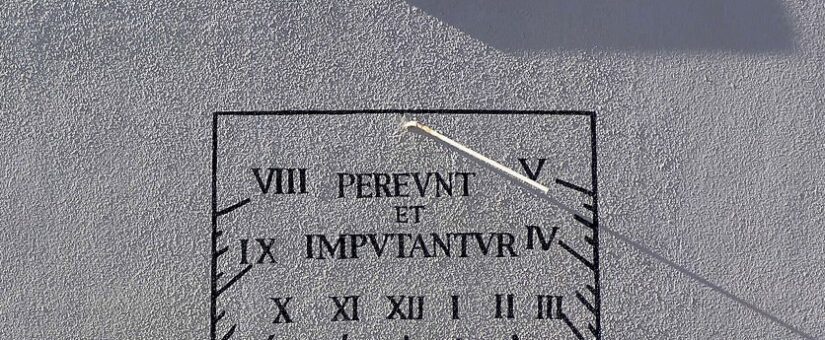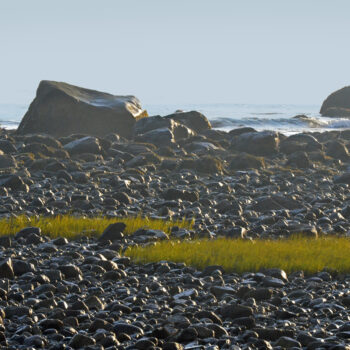
Professional Challenges Facing the Coaching Field from an Historical Perspective
I applied this curve and these concepts to the emergence of coaching. I created an emergence curve that starts in 1985 and goes to 2015. It’s a thirty-year curve. In 1985 some coaching was happening in the UK and US, and there were many more people becoming involved with this new field called coaching. I have divided these people, whom I have termed influencers, into three categories — the first were originators, who don’t appear on this chart as they were long before 1985. They were people like Abraham Maslow, Carl Rogers, and Fritz Perls — the people who created the original theories and models in related disciplines when coaching didn’t exist. The second group I call the transmitters, or first generation coaches. Those people were the innovators and the early adopters of coaching between 1985 and 1995. They took the models and theories of the originators and translated them into coaching. Timothy Gallwey, Sir John Whitmore, Thomas Leonard, and Laura Whitworth belong to this group. Some of the psychologists, who did coaching under the title of counseling, also are included in the transmitter category. The third category include the second and later generation influencers, or from a historical perspective, the emerging influencers. Included in this category are Marshall Goldsmith, Anthony Grant, and Cheryl Richardson, among others.
Along with the emerging influencers, there were those who developed the structures of the field. These included leaders of the increased number of training schools and professional associations after 1995. By the year 2000 there were at least 10 professional coaching associations in existence. Prior to 2000, 165 books on coaching had been published in English-with 95% of them being first distributed between 1995 and 2000. From 2000 to 2005 another 200 books were written and published. Today I can’t even count the number of coaching books that have been published. The proliferation of later books cluster around coaching niches, how to build a practice, and the evidence for coaching.
When we began to reach the tipping point in 2000 we saw a surge of competition: “my coaching is better than yours; you must be trained and credentialed to be a ‘real’ coach.” This competition spreads throughout the field from professional associations attracting members to schools attracting students to coaches attracting clients: “How do I differentiate myself?” If we looked only at the emergence curve in 2015 we would conclude that coaching will not be there anymore. We are on the downside. Yet coaching is getting even stronger.
- Posted by Vikki Brock
- On March 11, 2016
- 0 Comment


Leave Reply